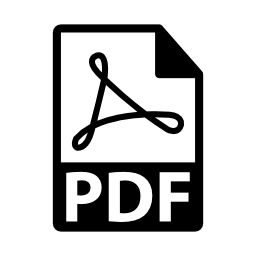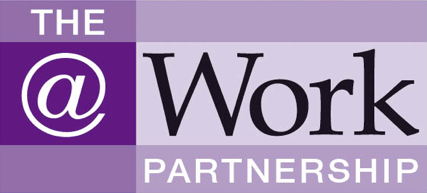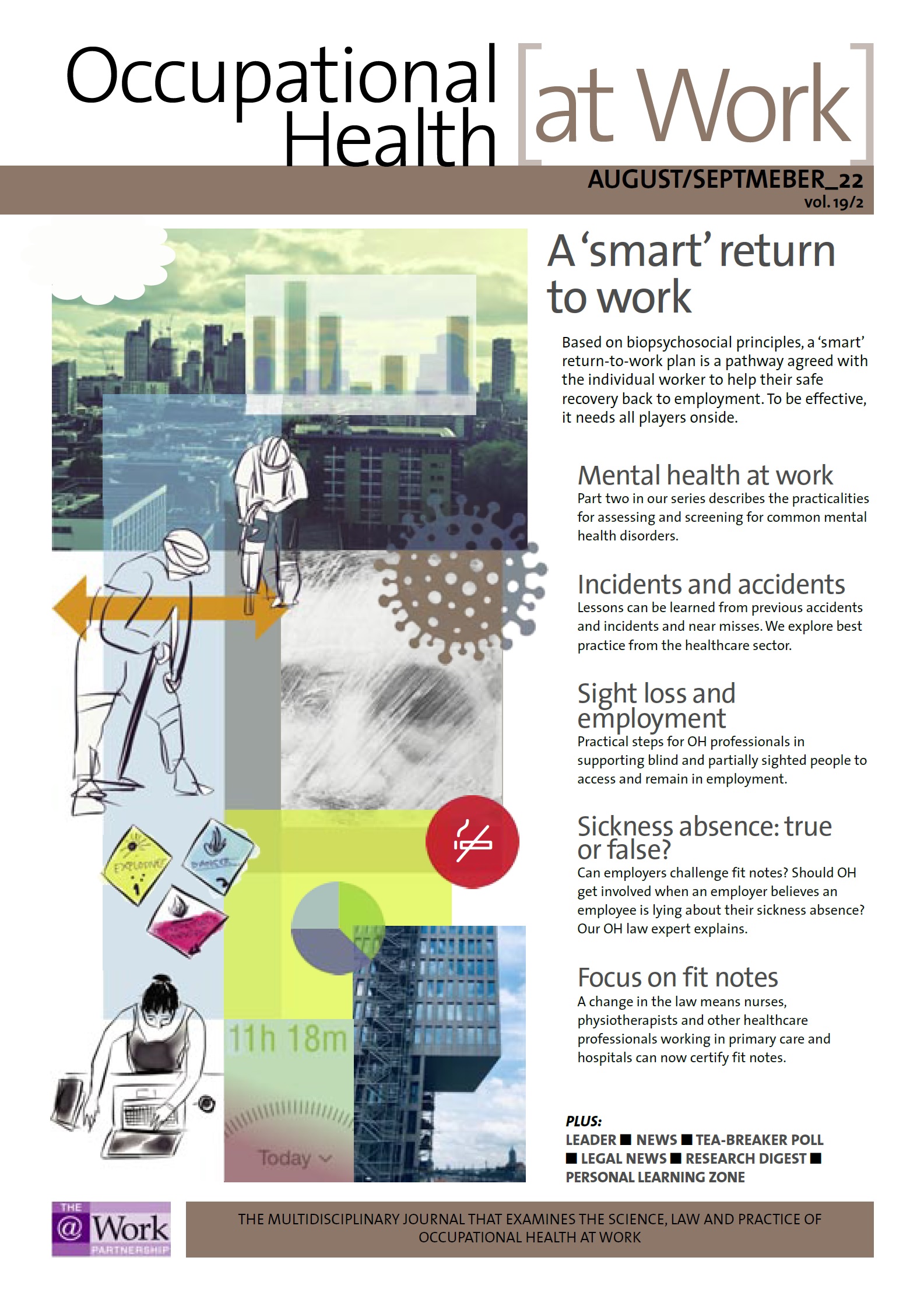August/September 2022 (vol. 19/2)
ContentsFeaturesNewsLegal
NewsResearch DigestResearch PlusCPD
 PERSONAL LEARNING ZONE
PERSONAL LEARNING ZONE
Summary:
FEATURED ARTICLE
This issue of Occupational Health [at Work] features a Personal Learning Zone (PLZ) article recommended for continuing professional development (CPD). The assignment questions, ‘Personal learning statement’ and ‘Certificate of engagement’ are available to subscribers at ohaw.co/AWPcpd. These will also be stored in your password-protected PLZ. The PLZ will help you document your own CPD. Occupational health physicians and nurses, occupational hygienists and other professionals can use the resource in support of their specialism’s revalidation or CPD requirements.
Pages 22–27. The smart return-to-work plan. Most people get back to work after illness or injury without incident. But, when a person’s physical or mental function has been compromised, many factors can impede their return to work, and some people need help. A ‘smart’ return-to-work plan provides the means to overcome uncertainty and a directional map for a reassuring journey from sickness absence to sustained return to work.
ADDITIONAL CPD
The following articles, news and research items are suggested reading for CPD and professional revalidation. Subscribers can complete their online Personal Learning Zone CPD record at ohaw.co/AWPcpd
Pages 4–5. Nurses, occupational therapists, pharmacists and physiotherapists in primary care and hospitals can now certify fit notes. The change in the law is accompanied by various guidance documents and training for those practitioners taking on the new duty (see also pages 37–39 for a legal update).
Pages 10–12. The Employment Appeal Tribunal has held that an employee who stayed away from work because of his fear of COVID-19 infection did not hold ‘a reasonable belief’ that there were serious and imminent circumstances of danger preventing him from returning.
Pages 17–21. Recognising the signs of mental ill health is one of the most important aspects of OH, and a practitioner can often be the first health professional to recognise that an employee needs support and treatment.
Pages 28–32. OH professionals can play an important role in supporting people with sight loss to access and remain in work. Functions include recommending workplace adjustments, advising on employment policies and signposting to invaluable resources.
Pages 33–36. The healthcare sector has a long history of incident reporting and learning from the past to improve patient safety. Lessons from healthcare can also benefit other sectors.
Pages 40. Our compendium of recent research in occupational health includes a large study on the impact of working consecutive night and day shifts on surgical outcomes, and a review of asthma screening of firefighter recruits.
Author: The At Work Partnership Ltd
Occupational Health at Work August/September 2022 (vol. 19/2) pp43



